🎹 What is New Wave music?
New Wave music spanned the late 1970s through the 1980s and emerged as a more melodic and light-hearted extension of punk culture. It embraced various pop-oriented styles and prominently featured the use of synthesizers. Initially a catch-all term for post-punk musical expressions, New Wave later evolved into a broader umbrella encompassing power pop, synth-pop, alternative dance, and milder forms of punk. It also can be perceived as a more accessible counterpart to post-punk.
Characterized by its distinctive attributes, New Wave music exhibited a playful and humorous pop sensibility, characterized by angular guitar riffs and unconventional rhythms, often enhanced by electronic elements, especially the use of synthesizers. A visually appealing fashion sense and distinctive music videos were crucial to the genre’s success. The movement’s roots lie in Britain, where British New Wave artists initially gained prominence and subsequently captured American audiences through platforms like MTV. The genre is sometimes referred to as the second British invasion.
New Wave’s initial peak occurred from the late 1970s to the early 1980s, supported by major musicians and a proliferation of one-hit wonders. MTV’s launch in 1981 played a pivotal role in amplifying the genre’s popularity by heavily featuring new wave acts. While New Wave experienced a decline in the mid-1980s due to the ascent of other genres, it has resurged intermittently since the 1990s, fueled by nostalgia for its influences. Additionally, new wave’s musical characteristics, including choppy rhythms, quirky pop sensibilities, and electronic incorporation, continue to have a lasting influence on subsequent generations of artists.
🎶 New Wave Favorites: Volume 6 Songbook
The following songs are included in the New Wave Favorites: Volume 6 songbook. These are all available as separate singles, but you get the most value by purchasing the whole collection. All of these arrangements are appropriate for intermediates and up.
- Bette Davis Eyes (Kim Carnes)
- Cars (Gary Numan)
- Crazy Little Thing Called Love (Queen)
- Friday I’m In Love (The Cure)
- Gone Daddy Gone (Violent Femmes)
- Heart of Glass (Blondie)
- It’s My Life (Talk Talk)
- Just Can’t Get Enough (Depeche Mode)
- Twilight Zone (Golden Earring)
- The Metro (Berlin)
🎹 Watch a performance of the entire songbook:
⭐ Featured Favorites
There’s so many great videos from this era that it’s hard to narrow down the best ones, but these personal favorites from New Wave Favorites: Volume 6! made the cut!
“Cars” (Gary Numan) (1979)
More tamborine please!
“Cars” is the debut solo single by English musician Gary Numan, released on August 21, 1979. It comes from his first studio album, “The Pleasure Principle.” The song quickly rose to the top of charts in multiple countries and is regarded as a significant early hit in the new wave genre. Numan is recognized as an early pioneer of this musical style.
The track marked Numan’s transition from his previous band, Tubeway Army, to a solo artist. The song showcased a somewhat lighter and more pop-oriented sound compared to his earlier works. Despite Numan’s later view of the song as “average,” it was a major success.
“Cars” topped the charts in the UK in 1979 and later reached number 1 in Canada in 1980. It also reached high positions on the US charts, peaking at #4 on the Cash Box Top 100 and #9 on the Billboard Hot 100. Notably, while Numan had numerous hits in the UK, “Cars” remained his sole song to chart in the US.
The song’s composition features distinct musical sections, blending rock rhythm with analog synthesizers like the Minimoog and Polymoog. The lyrics were inspired by a road rage incident Numan experienced in London. He reflected on the feeling of safety a car provides in the modern world, comparing it to a personal empire on wheels.
The music video showcased Numan’s backing band and featured an imaginative concept with no actual car imagery. The video also included a memorable scene of Numan “driving” while standing along a Polymoog keyboard.
“Bette Davis Eyes” (Kim Carnes) (1981)
This one topped the Billboard year-end chart for 1981:
“Bette Davis Eyes” is a song written by Donna Weiss and Jackie DeShannon in 1974. Initially recorded by DeShannon, the song gained widespread popularity when American singer Kim Carnes released her version in 1981. Carnes’ rendition spent nine non-consecutive weeks at the top of the U.S. Billboard Hot 100 and won the 1981 Grammy Awards for Song of the Year and Record of the Year.
Carnes’ version of the song became a major hit, reaching No. 1 on the Billboard Hot 100 for a total of nine weeks. It was interrupted briefly by “Stars on 45” before returning to the top spot. The song also achieved No. 5 on Billboard’s Top Tracks charts and No. 26 on the Dance charts. It topped charts in 20 other countries as well.
“Bette Davis Eyes” was a significant hit of 1981, remaining one of the biggest songs of the year. It also holds a place on Billboard’s list of the top 100 songs in the first 50 years of the Hot 100. The song’s catchy melody, unique arrangement, and Kim Carnes’ distinctive vocals contributed to its enduring popularity.
“Heart of Glass” (Blondie) (1979)
Disco still trying to hang on…
“Heart of Glass” is a hit song by the American new wave band Blondie, written by Debbie Harry and Chris Stein. Released as the third single from their 1978 album “Parallel Lines,” the song achieved massive success in 1979, reaching number one in multiple countries, including the US and UK. The track’s blend of rock and disco elements, along with Debbie Harry’s distinct vocals, contributed to its popularity and crossover appeal.
The song’s impact endured over time, earning recognition in various “greatest songs” lists. Rolling Stone ranked it 255th on their 2004 list of the 500 greatest songs of all time, later moving it to 259th in 2010 and 138th in 2021. Slant Magazine and Pitchfork also celebrated its influence, with Slant ranking it 42nd on the greatest dance songs list and Pitchfork naming it the 18th best song of the 1970s. “Heart of Glass” remains Blondie’s most iconic track, with lasting appeal and recognition.
The song’s production was notable for its early use of the Roland CR-78 drum machine and a synth-heavy arrangement, marking a fusion of disco and rock. Despite initial resistance from some in the music scene, who accused Blondie of “selling out,” the song propelled them to mainstream success. The music video, directed by Stanley Dorfman, showcased the band’s performance and Debbie Harry’s distinctive style. “Heart of Glass” holds a significant place in music history as one of the pioneering rock/disco fusion hits that shaped the evolving musical landscape of the late 1970s and early 1980s.
“The Metro” (Berlin) (1981)
Hard to believe, but this band, originally known as “The Toys,” is from Orange County, California!
“The Metro” is a song by the band Berlin, first released as a non-album single in 1981. The song’s popularity led to its inclusion on their breakthrough album “Pleasure Victim” released in 1982. It was re-released as a single in 1983 from the Geffen label and became one of Berlin’s signature songs, showcasing the new wave genre by blending punk rock and pop elements with the use of synthesizers, notably the Sequential Circuits Prophet-5.
The song’s music video, directed by Dominic Orlando, gained heavy rotation on MTV and was their first hit on the channel. The video was shot in 1983 and became part of the Berlin Video 45 Geffen-VHS home video. “The Metro” reached No. 58 on the Billboard Hot 100 chart, surpassing the chart performance of their previous single. The song’s dance remix also received club play, and subsequent remixes were produced by various artists. The song remains an important part of Berlin’s discography and was performed during a reunion show of the original lineup.
“Just Can’t Get Enough” (Depeche Mode) (1981)
Just can’t get enough synthesizers and New Wave classics like this one:
“Just Can’t Get Enough” is a synth-pop song by the English electronic music band Depeche Mode. Released as their third single in 1981, it preceded their debut album “Speak & Spell.” Written by founding member Vince Clarke, the song was recorded at Blackwing Studios and is characterized by its riff-driven synth melodies. It became the band’s first single to be released in the United States in 1982.
The song’s single version is the same as the one on the UK version of “Speak & Spell.” The 12-inch single featured a “Schizo Mix” with additional synth elements, creating a darker atmosphere. The B-side, “Any Second Now,” was the band’s first commercially available instrumental piece. There’s also a version with vocals, handled by Martin Gore. In the United States, the B-side is “Tora! Tora! Tora!” The single reached number 8 on the UK Singles Chart and number 26 on the US Hot Dance Club Play chart, becoming a significant hit in Australia as well.
The accompanying music video, directed by Clive Richardson, was the band’s first and includes scenes filmed at The Southbank Centre.

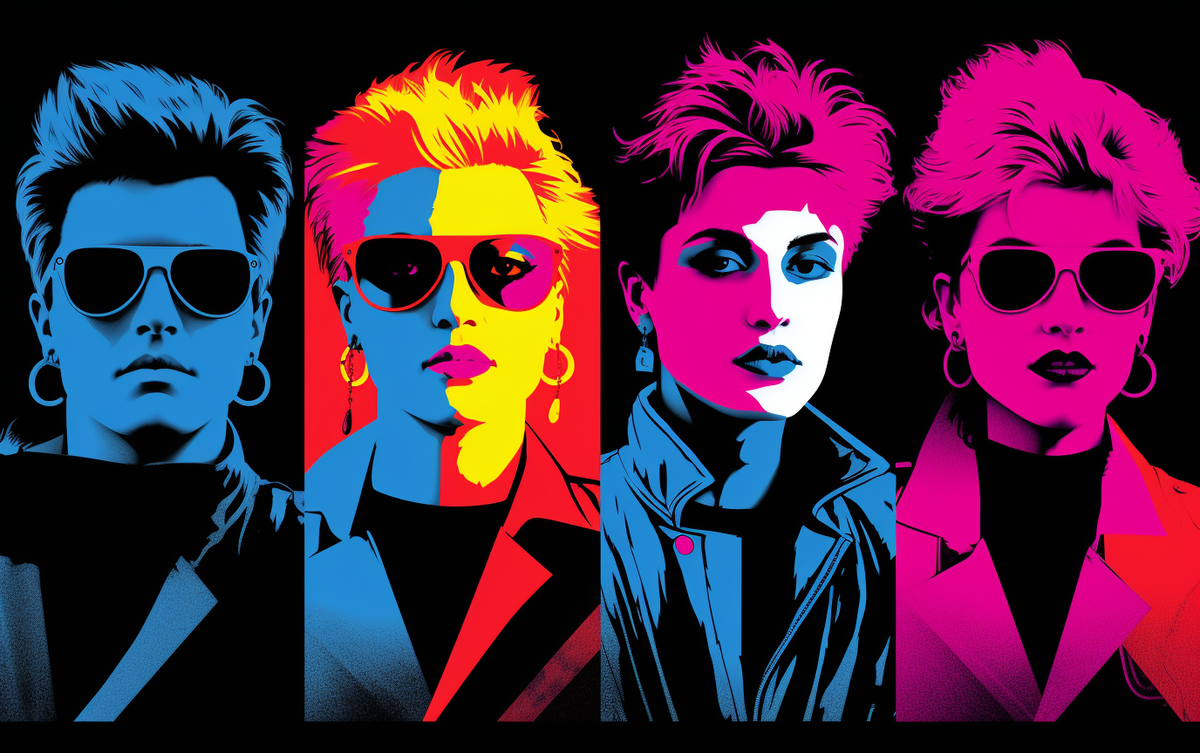
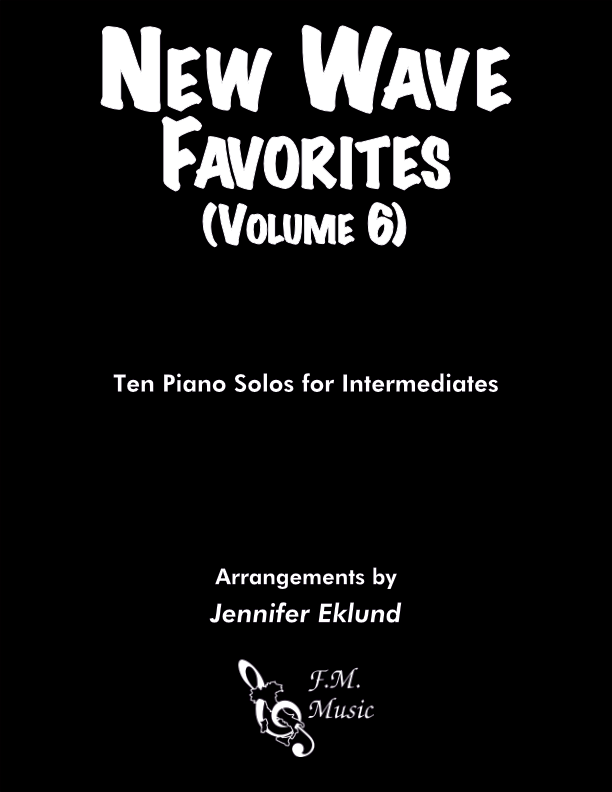
 - Easy/images/Cover--cars-EZ-MN.png)
 - Intermediate/images/Cover--cars-INT-MN.png)
 - Easy/images/Cover--betteeyes-EZ-MN.png)
 - Intermediate/images/Cover--betteeyes-INT-MN.png)
 - Easy/images/Cover--heartofglass-EZ-MN.png)
 - Intermediate/images/Cover--heartofglass-INT-MN.png)
 - Advanced/images/Cover--heartofglass-ADV-MN.png)
 - Easy/images/Cover--themetro-EZ-MN.png)
 - Intermediate/images/Cover--themetro-INT-MN.png)
 - Advanced/images/Cover--themetro-ADV-MN.png)
 - Easy/images/Cover--enough-EZ-MN.png)
 - Intermediate/images/Cover--enough-INT-MN.png)
 - Advanced/images/Cover--enough-ADV-MN.png)
 - Intermediate/images/Cover--gone-INT-MN.png)
 - Intermediate/images/Cover--morethanthis-INT-MN.png)
 - Easy/images/Cover--iran-EZ-MN.png)
 - Easy/images/Cover--japanese-EZ-MN.png)
 - Easy/images/Cover--callme-EZ-MN.png)
 - Intermediate/images/Cover--underpressure-INT-MN.png)
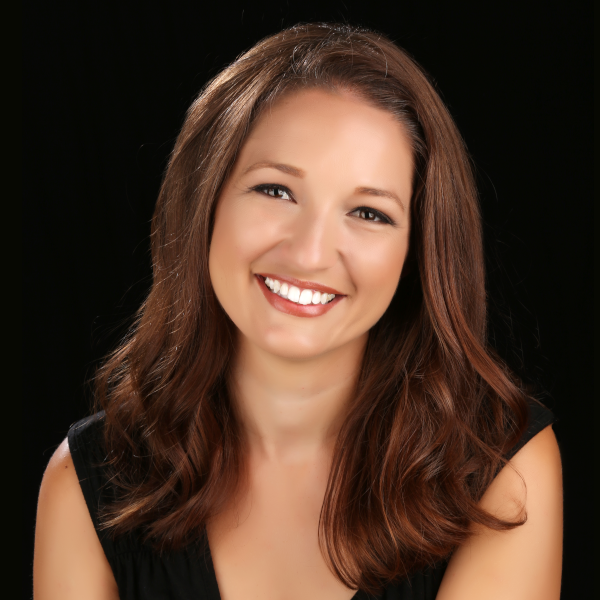
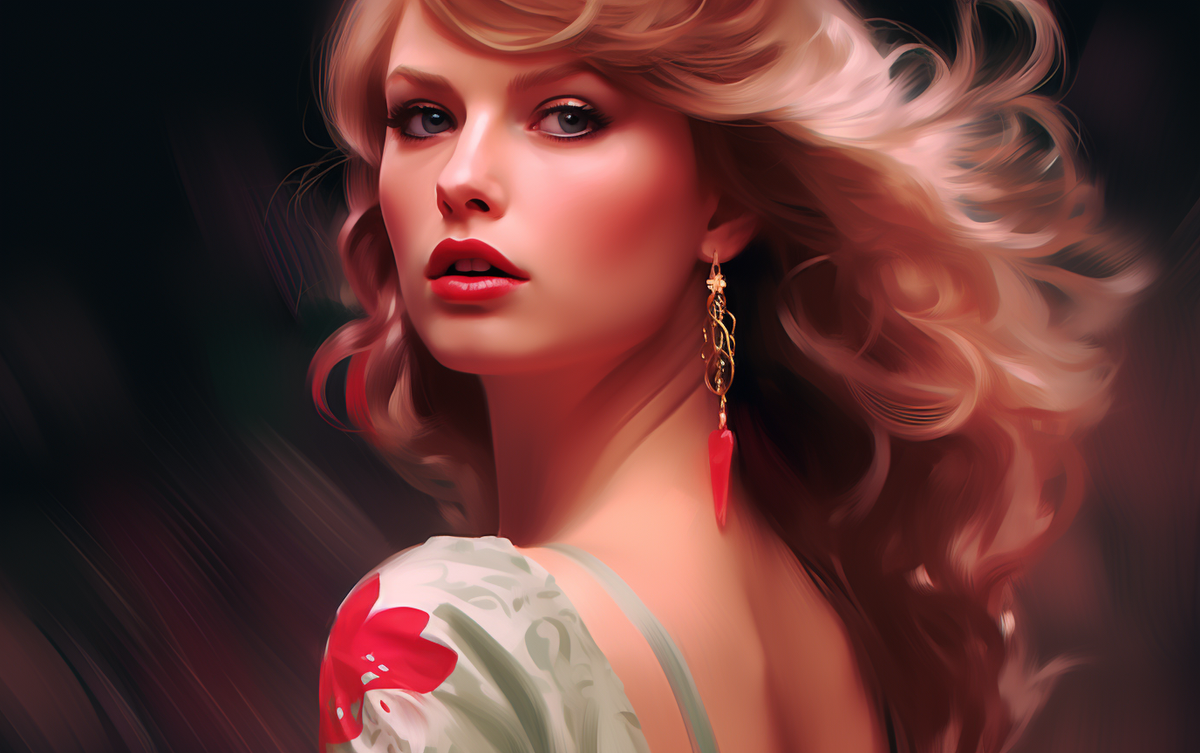
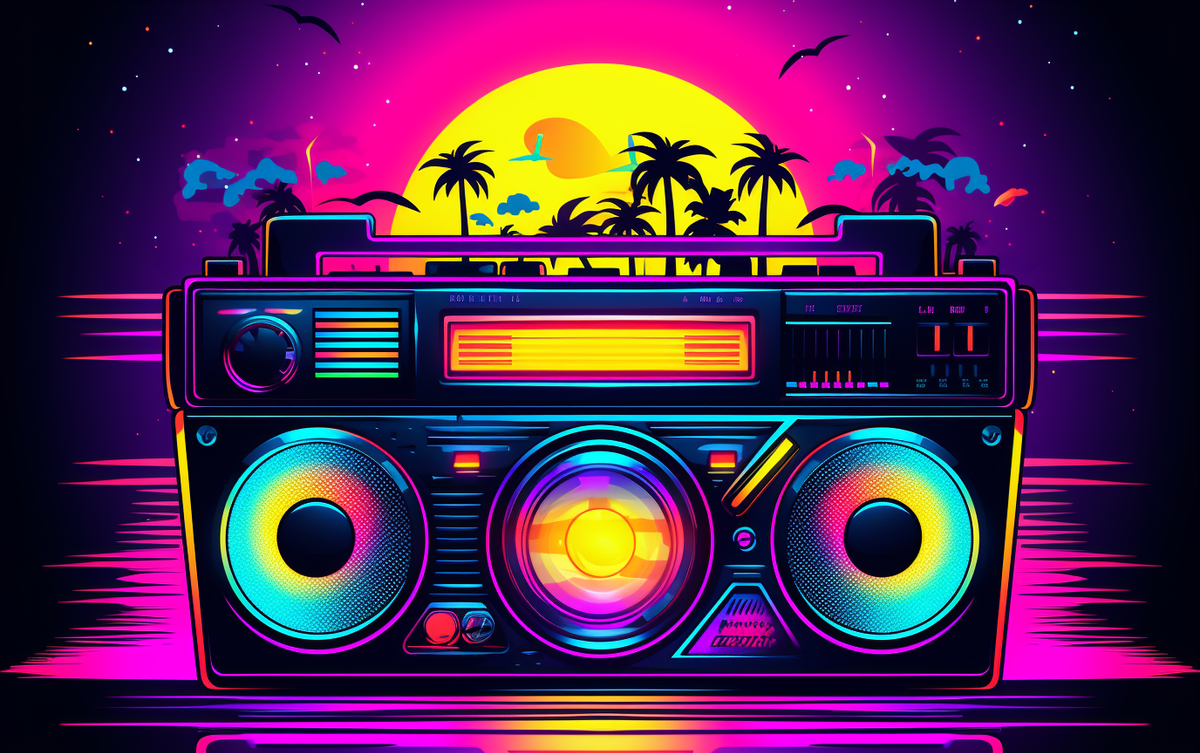

Be the first to comment.